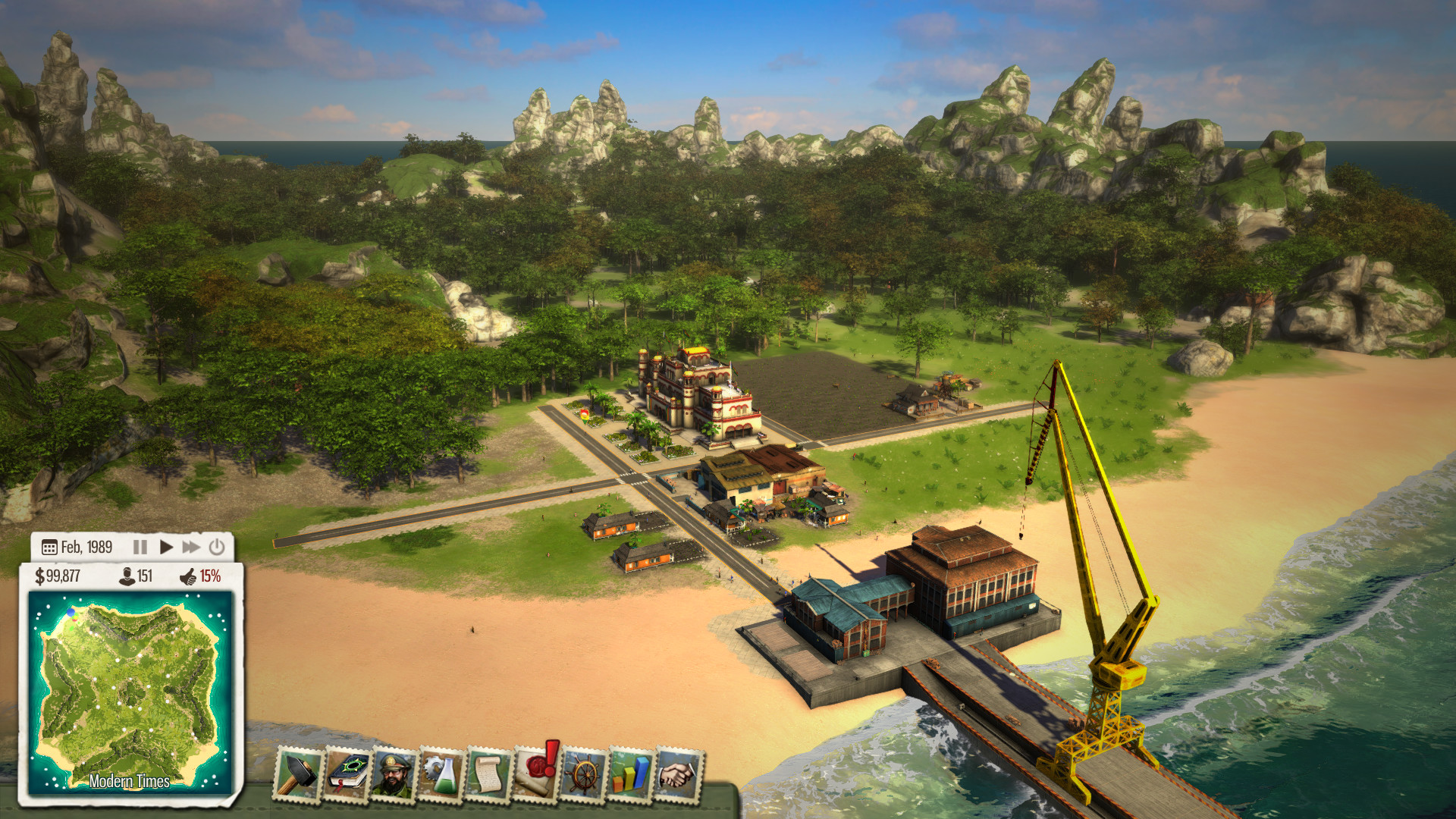
"Success maybe, excitement guaranteed!" Musk tweeted late Friday.
#Tropico 5 electrify all full#
The rocket has never flown in its full configuration, powered by the first stage. The Super Heavy booster was anchored to the ground during the test-firing, called a static fire, to prevent it from lifting off. SpaceX conducted a successful test-firing of the 33 Raptor engines on the first-stage booster of Starship in February. The 164-foot (50-meter) tall Starship spacecraft sits atop the 230-foot tall Super Heavy rocket. Starship consists of a reusable capsule that carries crew and cargo and the first-stage Super Heavy booster rocket. The US space agency NASA has picked the Starship capsule to ferry its astronauts to the Moon as part of the Artemis III mission, set for late 2025 at the earliest. The launch is scheduled to take place at 7:00 am (1200 GMT) from the sprawling Texas base of the private space company owned by billionaire Elon Musk.įallback times are scheduled later in the week if Monday's attempt is postponed.

SpaceX plans to carry out its first test flight on Monday of Starship, the most powerful rocket ever built, designed to send astronauts to the Moon and eventually beyond. SpaceX will try to launch most powerful rocket ever Monday. The two EPR units in China have already entered commercial production, making Olkiluoto 3 the third to go into operation in the world. Hinkley Point in Britain and the Taishan plant in China have also suffered EPR production setbacks, cost overruns and delays. The EPR was designed to relaunch the European nuclear industry after the Chernobyl catastrophe of 1986, and was touted as offering higher power and better safety.īut several EPR projects have been plagued by delays and billions of dollars in cost overruns.Īt the end of last year, France's state-owned energy group EDF had to announce another six-month delay for a new reactor being built at Flamanville, in northwest France, pushing back its projected start to mid-2024. The most powerful nuclear reactor in Europe, with a capacity of generating 1,600 megawatts, Olkiluoto 3 reached full power in late September for the first time since construction began in 2005.įinland had been hoping to rely on the new reactor for its electricity needs earlier this winter, given fears of energy shortages after Russia, a major supplier to Europe, invaded Ukraine and cut off gas exports in response to Western sanctions.


On Sunday, more than 50 percent of Finnish electricity was being produced from nuclear power, according to Finland's transmission system operator Fingrid. "From now on, about 30 percent of Finnish electricity is produced in Olkiluoto," which already had two reactors. "Test production has been completed and regular electricity production started today," TVO said. The European pressurised water reactor (EPR), already more than 12 years behind schedule, was supposed to come fully online in December, but the start was pushed back several times during its testing phase.īuilt by the French-led Areva-Siemens consortium, the reactor was first started up in December 2021 and connected to the Finnish power grid in March last year. Olkiluoto 3, now producing around 14 percent of the country's electricity, is expected to remain operational for "at least the next 60 years", according to the site's operator TVO. Europe's largest nuclear reactor Olkiluoto 3 enters service in Finland.įinland's next-generation Olkiluoto 3 nuclear reactor, the largest in Europe, has gone into regular production after months of delays, its operator said Sunday, hours after Germany ended its nuclear era.


 0 kommentar(er)
0 kommentar(er)
